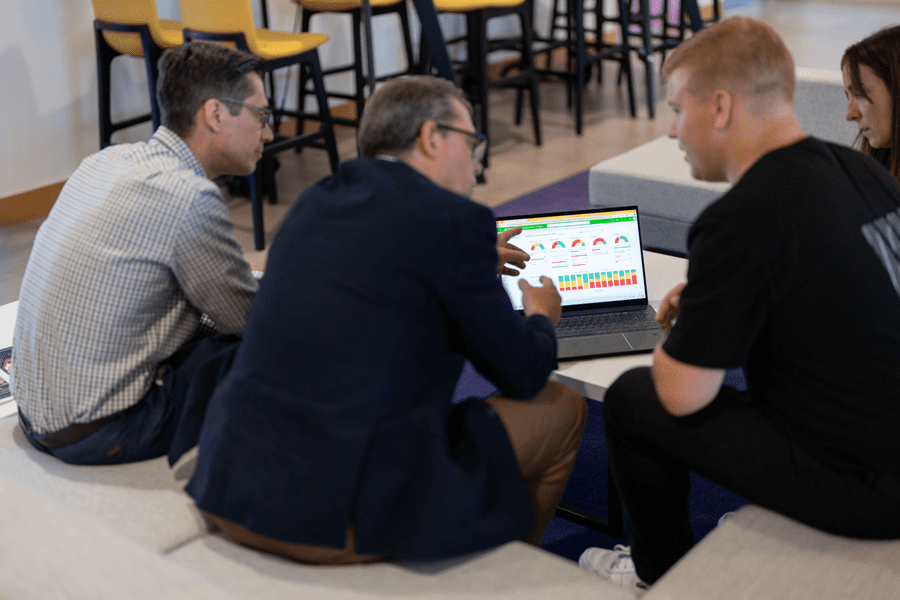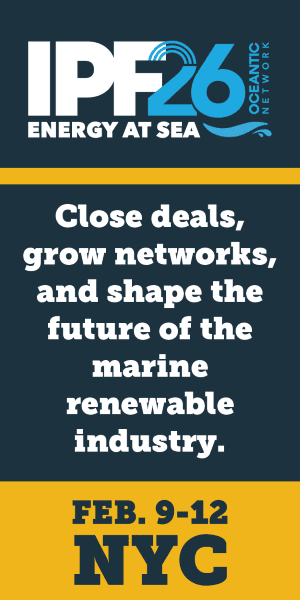The energy industry has always walked a fine line between innovation and risk. As offshore operations grow more complex across oil, gas and renewables, so does the challenge of maintaining world-class safety. Artificial intelligence (AI) is emerging not just as a tool for productivity, but as a powerful ally in protecting lives.
At Empirisys, we bring together deep process safety expertise with cutting edge data science. Our unique strength lies in bridging the gap between frontline operations and digital innovation. This ensures that every solution is grounded in real world risk and informed by data, enabling organizations to move from insight to action with confidence.
From Data to Decisions
Offshore operations generate vast amounts of data every day, from equipment logs and safety inspections to worker observations and incident reports. But the challenge isn’t volume; it’s turning that data into meaningful, measurable change.
Too often, information sits in silos, difficult to interpret or act on. Capturing observations, analyzing hazards, and implementing corrective actions can be time-consuming and resource-heavy. When workers don’t see their input leading to change, engagement drops, and valuable warning signs are lost in the noise.
The result? Missed opportunities to prevent incidents. Organizations are left reacting to problems instead of anticipating and preventing them.
This is where AI offers real value. By analyzing safety observation data in real time, AI helps safety leaders identify early warning signs before incidents occur. Rather than reacting to events, teams can act on leading indicators and build a more predictive, proactive approach to safety.

Understanding the Human Side of Safety
Safety culture is often discussed but rarely measured effectively. AI provides a new lens, not through one-off surveys, but by continuously tracking behavioral signals over time. This includes the frequency of near-miss observations, team engagement with safety processes, and patterns in decision making.
Human interaction plays a critical role in safety outcomes. How people make decisions, communicate under pressure, and respond to uncertainty can be just as important as equipment integrity or environmental conditions. These factors are harder to quantify, but they are essential to understanding risk.
AI helps uncover these hidden dynamics. By intelligently analyzing patterns in safety data, it highlights risks that might otherwise go unnoticed. This enables earlier intervention and supports a culture of accountability, alignment, and continuous improvement.
To support this, we developed Boost, a safety intelligence tool that transforms data into action.
Introducing Boost: Turning Insight into Action
Boost helps safety leaders move from awareness to intervention. It automatically organizes and analyzes observation data, identifies potential consequences, and recommends practical actions to reduce risk. Designed to integrate seamlessly into existing workflows, it makes it easier to spot emerging trends, improve team awareness, and respond to early warning signs.
Importantly, Boost doesn’t replace people. It enhances decision making by providing timely, risk-informed insights that teams can act on. It also enables organizations to track how safety culture is evolving across specific sites, teams or tasks, helping leaders align behaviors with safety goals.

From Concept to Reality
When we first envisioned Boost, our mission was clear: Streamline the recording, analysis and actioning of safety observations to increase engagement and improve outcomes.
We listened to the industry. Offshore teams told us that the safety observation process was often time-consuming, complex and disconnected from real change. Many felt disengaged, and valuable insights were being lost.
Our team of experienced data scientists and process safety professionals built Boost from the ground up to address these challenges. We worked closely with frontline workers, HSE professionals, and senior leaders to ensure the tool met real operational needs. The result is a solution that simplifies data collection, accelerates analysis, and closes the loop with actionable intelligence.
Looking Ahead
There is no single solution to safety in offshore operations. The risks are real, the conditions demanding, and every operation is unique. But what’s clear is that AI has a vital role to play, not as a replacement for experience or judgement, but as a tool that amplifies both.
At Empirisys, we’re proud to be part of this transformation. We see a future where AI empowers offshore teams to move faster, think smarter, and prevent more incidents before they happen.
The outcome? Stronger leadership alignment, improved safety culture, enhanced audit readiness, and more efficient operations underpinned by a commitment to barrier integrity and proactive risk management.
Gus Carroll has worked in senior leadership roles in high hazard industries for over 20 years and has a passion for helping leaders create high performing teams. Carroll was previously Chief Engineer at Centrica and holds degrees in chemical engineering and an MBA from Henley.







